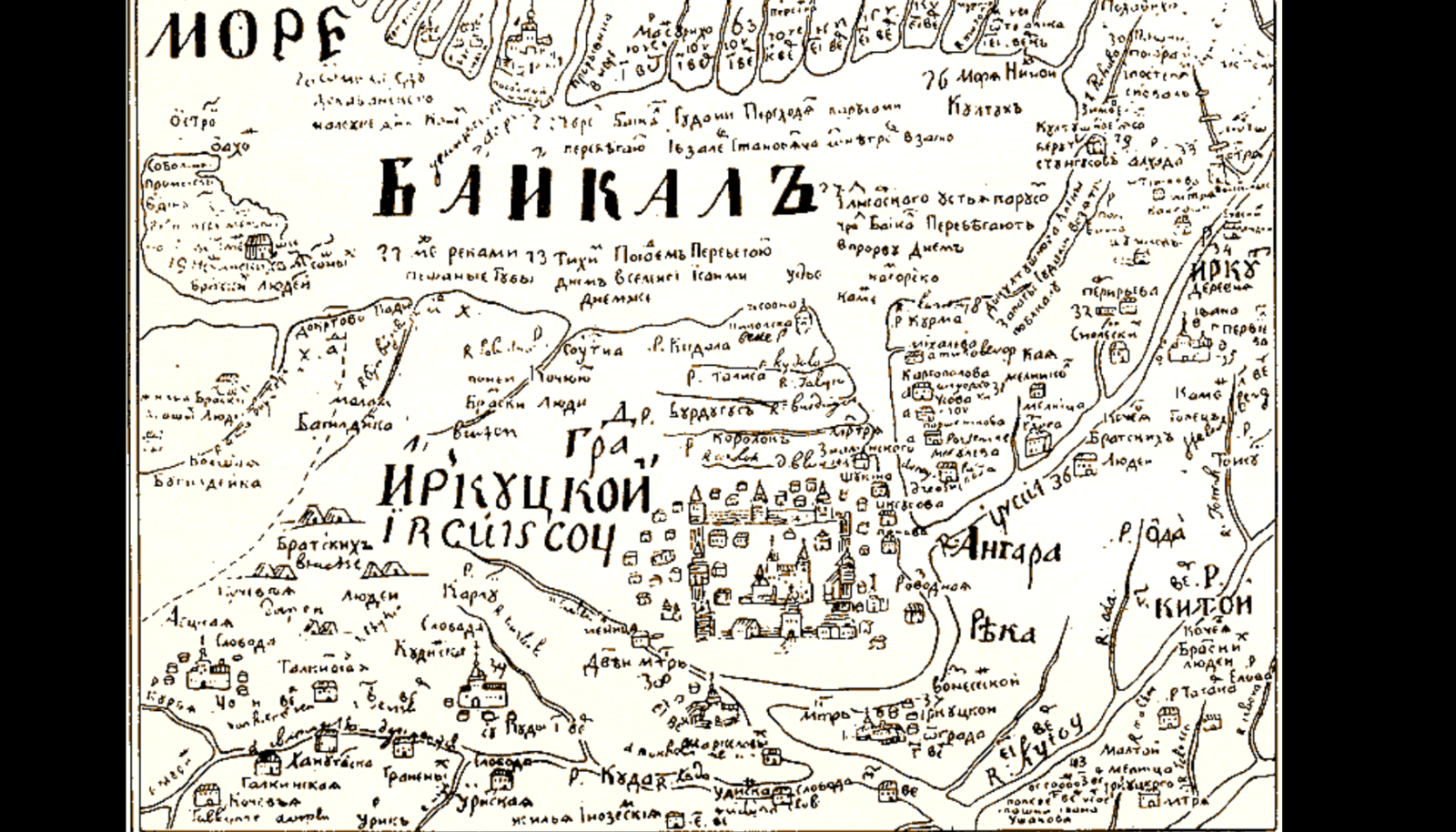1240: 1/2: #ClassicScience: Globalization 2000 BCE. Andrew Lawler @ScienceMagazine

Photo: An antique map of Irkutsk (https://en.wikipedia.org/wiki/Irkutsk) and Lake Baikal (https://en.wikipedia.org/wiki/Lake_Baikal) in its neighbourhood The Indo-Iranian language and culture were developed in the Andronovo culture [a collection of similar local Bronze Age (https://en.wikipedia.org/wiki/Bronze_Age) cultures that flourished c. 2000–900 BC in western Siberia (https://en.wikipedia.org/wiki/Siberia) and the central Eurasian Steppe (https://en.wikipedia.org/wiki/Eurasian_Steppe) ] (c. 2000–900 BCE), and influenced by the Bactria–Margiana Archaeological Complex (c. 2400–1600 BCE). The Indo-Aryans split off around 2000–1600 BCE from the Iranians, after which Indo-Aryan groups are thought to have moved to the Levant (Mitanni (https://en.wikipedia.org/wiki/Mitanni) ), the northern Indian subcontinent (Vedic people (https://en.wikipedia.org/wiki/Vedic_people) , c. 1500 BCE), and China (Wusun (https://en.wikipedia.org/wiki/Wusun) ). Thereafter the Iranians migrated into Iran. http://JohnBatchelorShow.com/contact http://JohnBatchelorShow.com/schedules Parler & Twitter: @BatchelorShow 1/2: #ClassicScience: Globalization 2000 BCE. Andrew Lawler @ScienceMagazine http://science.sciencemag.org/content/344/6191/1440.full “…The work, still in the early stages, is shifting archaeologists' focus from the great empires at either end of the Silk Road—Rome and China—to the trade and influence of the vibrant societies in between. Until recently, many historians would have agreed with a 20th century French scholar who dismissed the world's third largest ocean as “scarcely more than an extension of the eastern Mediterranean.” A paucity of ancient texts and archaeological digs reinforced this parochial view. But the new evidence shows that from 2000 B.C.E. until the arrival of Europeans in 1498, the Indian Ocean network linked diverse societies on three continents, catalyzing industrial development and cultural changes from early Southeast Asia to medieval coastal Africa. It all sounds unexpectedly modern, says J. D. Hill, an archaeologist at the British Museum in London. “The surprise is that the world was interconnected long ago.”